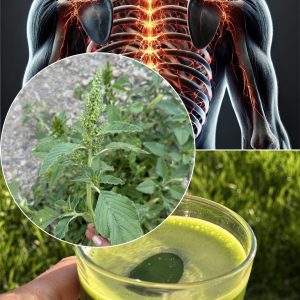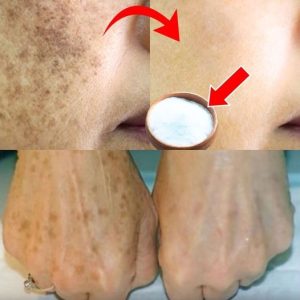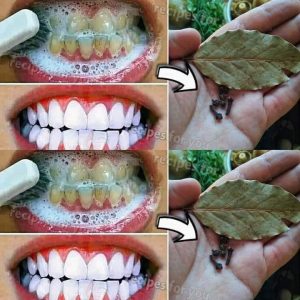Large skin infections can be painful and potentially serious if not treated promptly. Understanding how to identify, treat, and prevent these infections is crucial for maintaining good health and preventing complications.
Identifying Large Skin Infections
Large skin infections often present with noticeable symptoms, such as:
Redness and Swelling: The infected area becomes red and swollen due to inflammation.
Pain and Tenderness: The affected skin is usually painful to touch and tender.
Warmth: The infected area may feel warmer compared to surrounding skin.
Pus or Discharge: The presence of pus or other discharge is a clear sign of infection.
Fever: In severe cases, infections can cause systemic symptoms like fever and chills.
Common types of large skin infections include cellulitis, abscesses, and severe cases of impetigo.
Treatment Options
Treating large skin infections involves a combination of medical intervention and home care:
Antibiotics: Most bacterial skin infections require antibiotics. Your healthcare provider will prescribe the appropriate medication based on the type and severity of the infection. It’s important to complete the entire course of antibiotics even if symptoms improve early.
Drainage: Abscesses, which are collections of pus, often need to be drained by a healthcare professional. This procedure helps remove the infected material and accelerates healing.
Topical Treatments: In some cases, applying antibiotic creams or ointments can help treat the infection. These are often used alongside oral antibiotics.
Pain Management: Over-the-counter pain relievers like ibuprofen or acetaminophen can help manage pain and reduce inflammation.
Proper Wound Care: Keeping the infected area clean and dry is essential. Clean the wound with mild soap and water, apply prescribed topical treatments, and cover it with a sterile bandage.
Home Care and Prevention
In addition to medical treatments, home care plays a crucial role in managing skin infections:
Good Hygiene: Regular hand washing and keeping the infected area clean can prevent the spread of infection.
Avoid Picking or Squeezing: Do not pick or squeeze the infected area, as this can worsen the infection or cause it to spread.
Proper Wound Care: Follow your healthcare provider’s instructions for wound care, including changing dressings regularly.
Boosting Immune Health: Maintaining a healthy diet, staying hydrated, and getting enough rest can help your body fight infections more effectively.
When to Seek Medical Attention
Large skin infections can sometimes lead to serious complications if not treated promptly. Seek medical attention if you experience:
Rapidly spreading redness or swelling
Severe pain
High fever or chills
Red streaks extending from the infected area
No improvement with initial treatment
Conclusion
Large skin infections require careful attention and appropriate treatment to prevent complications and promote healing. By recognizing the symptoms, following medical advice, and practicing good hygiene, you can effectively manage and treat these infections. Always consult with a healthcare professional if you have any concerns or if the infection worsens.
Taking proactive steps in treating and preventing skin infections ensures better skin health and overall well-being.





